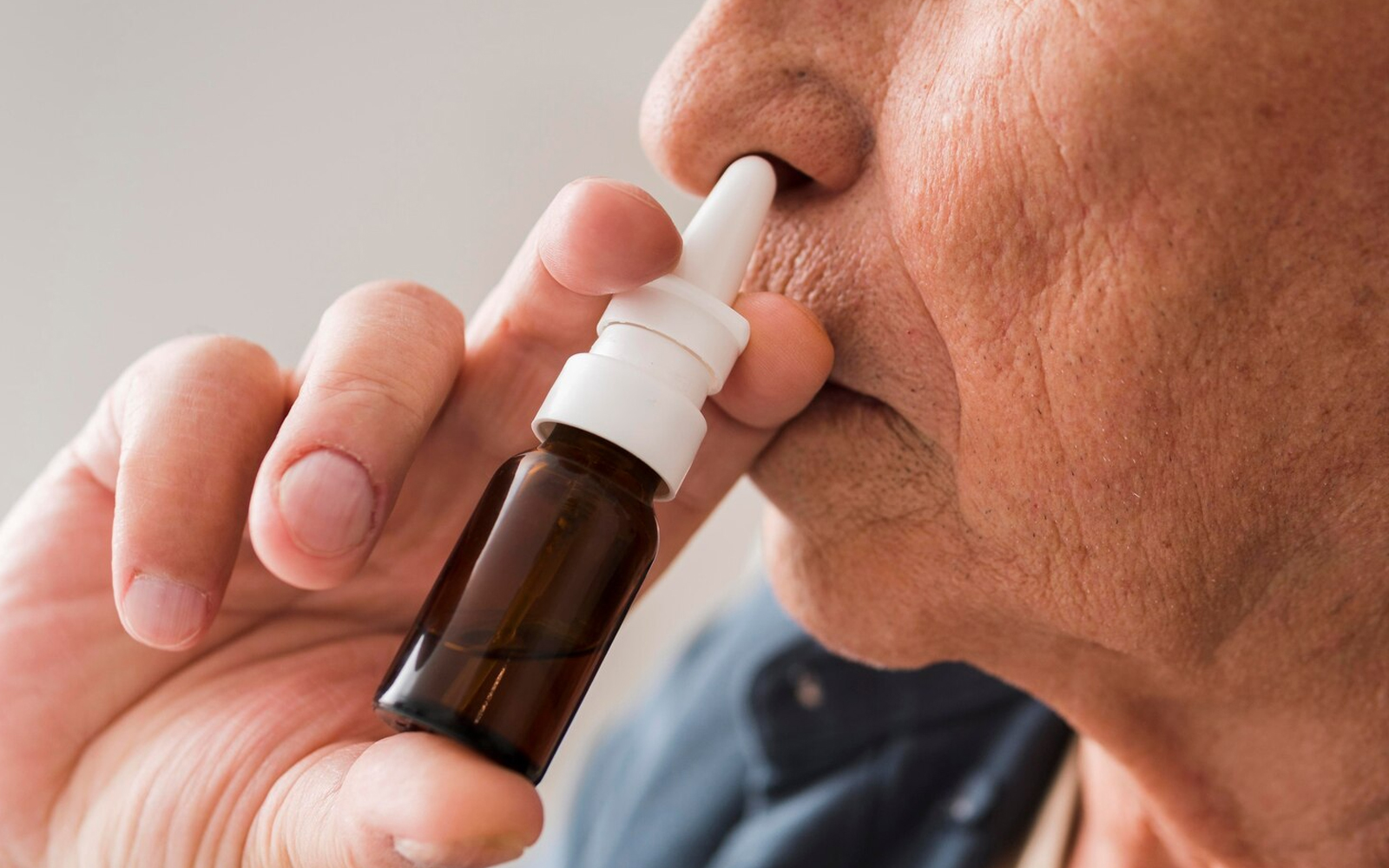
During the summer heat, everyone naturally sweats more than usual.
This should not be an excuse to ignore the signs. If sweating becomes excessive and persists even when the temperature drops, it is advisable to investigate the underlying causes, as it might be indicative of a hormonal disorder.
The Purpose of Sweating
Sweat is produced by sweat glands located in the deeper layers of the skin, distributed throughout the body. Although primarily composed of water, sweat also contains salt and electrolytes. Sweating is crucial for regulating body temperature and maintaining overall health. When the body’s internal temperature rises, the hypothalamus signals the sweat glands to produce sweat, which cools the body through evaporation.
Normal Conditions for Increased Sweating
- Hot Weather: Sweating helps cool the body during high temperatures.
- Exercise: Physical activity increases body heat, prompting sweating.
- Fever: The body sweats to reduce the elevated temperature.
- Spicy Foods: Consuming hot or spicy foods can trigger sweating.
- Stress: Emotional stress can lead to increased sweating.
Sometimes, sweating becomes excessive, a condition known as hyperhidrosis. While there are no specific guidelines defining “normal” sweating versus hyperhidrosis, this condition is often linked to hormonal imbalances.
Common Hormonal Causes of Excessive Sweating
Hyperthyroidism Excessive sweating is frequently caused by an overactive thyroid gland. An abundance of thyroid hormones increases metabolism, leading to excessive sweating. Other common symptoms include weight loss despite normal eating, stress, rapid heartbeat, heat intolerance, frequent bowel movements, menstrual irregularities, infertility, and hair loss. Treatment typically involves medication, but surgery may be necessary if the cause is an enlarged thyroid or hormone-producing nodules.
Pheochromocytoma This rare, usually benign tumor arises in the adrenal gland and can cause headaches, excessive sweating, and high blood pressure. Symptoms occur because the tumor releases too much adrenaline or noradrenaline into the bloodstream. Treatment involves surgical removal of the tumor.
Hypogonadism This condition occurs when the testes do not produce sufficient testosterone. Symptoms vary depending on the age at which the condition develops and can include changes in male physical characteristics (such as hair loss and decreased muscle mass), reduced sexual desire, mood changes, erectile dysfunction, and low sperm count. Extremely low testosterone levels can also cause increased sweating and hot flashes, particularly at night.
Acromegaly Acromegaly is a disorder where the pituitary gland produces excess growth hormone, leading to the overgrowth of bones and soft tissues. In adults, this results in the enlargement of the nose, ears, hands, feet, and facial deformation. Symptoms also include thickened skin and increased sweating.
Understanding the underlying causes of excessive sweating can help in seeking appropriate treatment and maintaining overall health. If you experience persistent or excessive sweating, it may be beneficial to consult a healthcare professional to rule out potential hormonal disorders.


